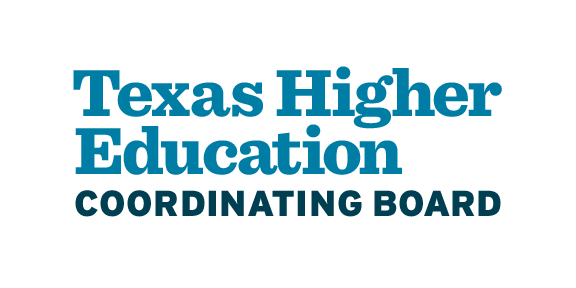Frequently Asked Questions
- Is there a B-On-Time confirmation deadline?
- How do you define "forgiveness eligibility criteria"?
- Who do students appeal eligibility decisions to?
- What about 5-year programs that let students earn undergraduate and graduate degrees?
- Are five years allowed to complete all engineering degrees?
- Do the number of years enrolled matter or only the total number of credit hours?
- How is the "cumulative GPA upon graduation" calculated?
- What is considered the "borrower initial enrollment date"?
- How do you define "credit hours attempted"?
- What are other five-year or more programs?
- What disability and hardship provisions are there?
- Do credit hours undertaken after graduation count?
- What is the deadline for completing the B-On-Time loan forgiveness eligibility confirmation form? If there is a deadline, is the deadline for the student or for the institution?
Answer:
There is no deadline, per se. However, it is best for all parties if we receive verification of the borrower's eligibility for loan forgiveness within approximately 90 days after receiving notification that the student is no longer enrolled at least half-time. Otherwise, the account will be scheduled for repayment beginning six months after the last date of enrollment.The sooner the verification is received, the sooner we can process the loan forgiveness.
- The forgiveness eligibility criteria reference "four calendar years"? What does that mean? For example, if a student began in summer 2008, in what semester and year would the four calendar years end?
Answer:
If a student began on June 1, 2008, the 4-year period would end on May 31, 2012. - If a student disagrees with the decision about their eligibility for forgiveness of the loan, who should the student appeal to?
Answer:
Until further notice, such appeals should be sent to:
Director of Loan Program Operations
THECB
P.O. Box 12788
Austin, TX 78711 - Our five-year program allows students to earn both an undergraduate degree and a graduate degree. Can students in our program be assured that their loan will be forgiven after earning both of these degrees if they meet the other requirements?
Answer:
If the total number of credit hours minus the number required for the graduate degree yields a difference that is no more than 6 hours greater than the number required for the undergraduate degree, then the student has met the requirements for loan forgiveness. - If an engineering degree takes only four years to complete according to an institutional catalog, will the Coordinating Board allow five years to be forgiven for the B-On-Time loan?
Answer:
No, the statute states that five years is allowed for an engineering degree if the institution certifies to the Board that the program requires more than four years to complete. - Regarding the criteria "graduated with a cumulative GPA of 3.0 on a four-point scale, and with a total number of credit hours"; does the number of years the student took to complete the degree matter?
Answer:
No, as long as the total credit hours "is no more than 6 hours" required to complete the baccalaureate degree. - How is the "cumulative GPA upon graduation" defined? Is it the institutional GPA or do you expect us to calculate a GPA including transfer course work?
Answer:
You may enter the institution's GPA without including the transfer work in the calculation. - Does "borrower initial enrollment date" mean the date students enrolled in a Texas institution of higher education right after high school? Or can we just list their FSE at our institution? Also, it asks for a month, day and year - where can such information be found?
Answer:
Please state the date right after high school that the student enrolled in a Texas institution of higher education. It is fine to state the month and year only. - Can you provide a definition for "earned credit hours"?
Answer:
The number of credit hours excludes dropped hours, dual credit, developmental or hours earned by examination. - What are the other "programs determined by the Board require more than four years to complete"?
Answer:
Unfortunately, the Coordinating Board does not have an inventory of such programs. We will consider trying to build this in the future. - Do the criteria apply any differently to students with disabilities that would cause them to take more than four or five years to complete their degrees?
Answer:
The hardship provisions in the statute do not apply to the determination of eligibility for forgiveness. However, borrowers who meet the GPA requirement can qualify for loan forgiveness as long as they graduate within 6 hours of the number required for the degree, regardless of the number of years taken to graduate. - If students are enrolled at our university after their graduation semester, should we include hours after graduation in "number of credit hours attempted"?
Answer:
Since the number of hours attempted is being reported only for purposes of B-On-Time Loan forgiveness, the hours after graduation should not be included.
